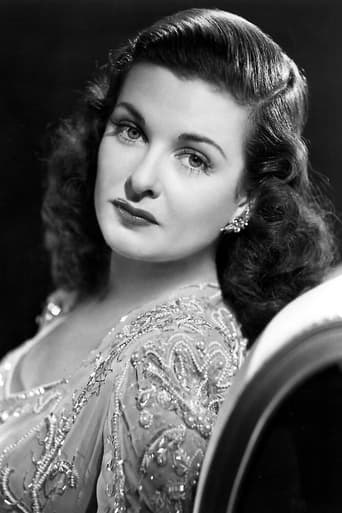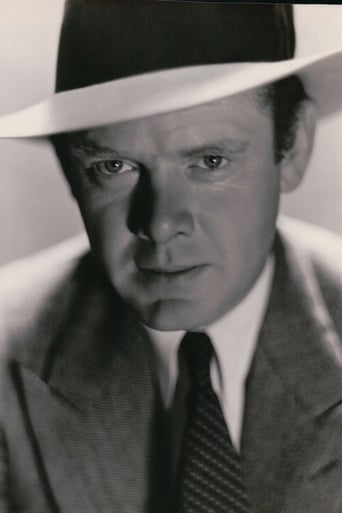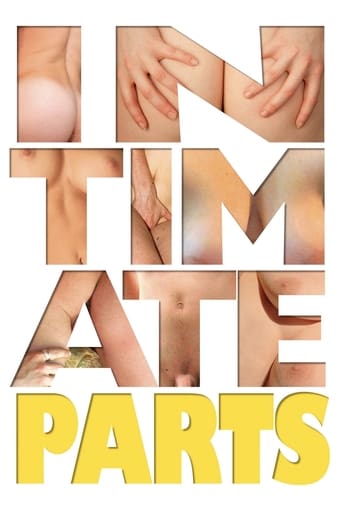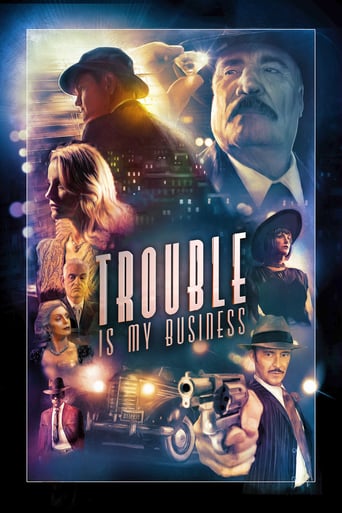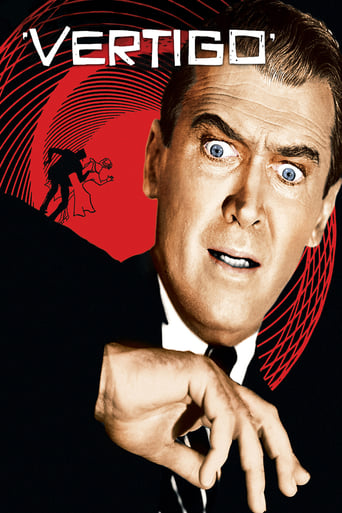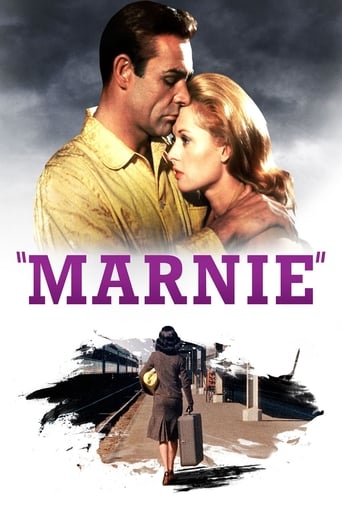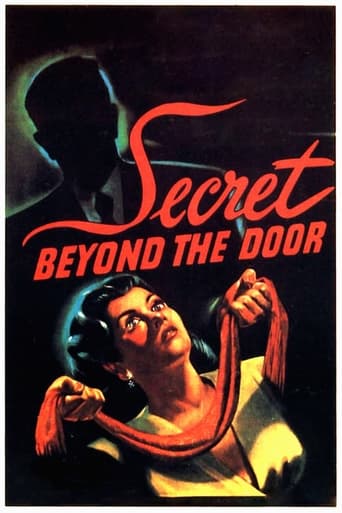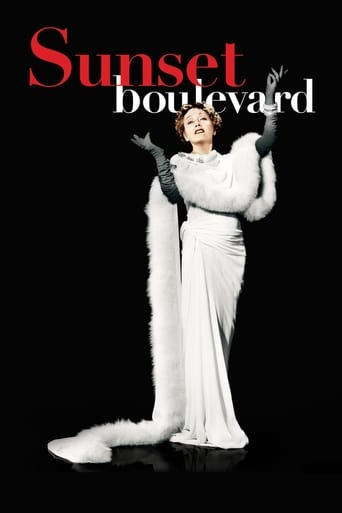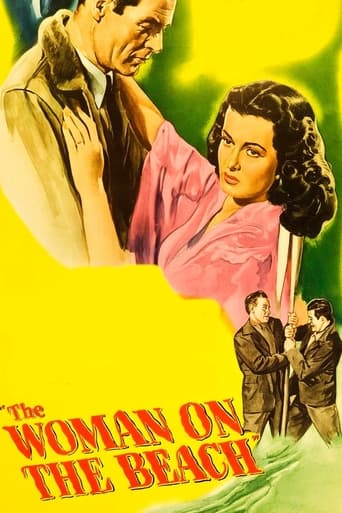
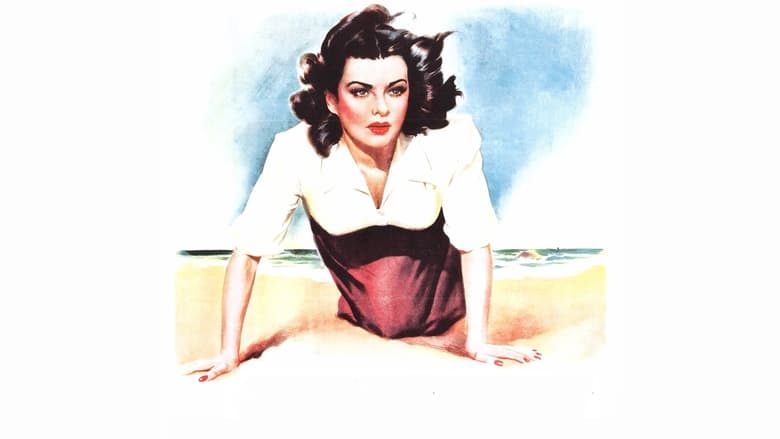
The Woman on the Beach (1947)
A sailor suffering from post-traumatic stress becomes involved with a beautiful and enigmatic seductress married to a blind painter.
Watch Trailer
Cast


Similar titles
Reviews
Renoir does noir. (I couldn't resist.) This review contains minor spoilers.In your average noir, the set-up of older man, young, beautiful wife, and younger lover would have gone in a predictable direction. In "The Woman on the Beach," the filmmakers are trying for something more symbolic, which unfortunately doesn't quite work. While the plot is intriguing, the dialogue is stilted and, at times, laughable. Every time Joan Bennett appeared, I kept thinking of the matronly Mrs. Collins from "Dark Shadows." I didn't find her the least convincing as the female lead. To me, she's definitely femme, but not in the least fatale. (To her credit, she does have a very nice laugh.)There are times in the story when the police would most certainly have been called in. And, at least part of the resolution of the story was predictable. On the other hand, I thought the relationship between Robert Ryan and Charles Bickford showed the ridiculous lengths to which men fighting over a woman will go, and their interactions were the best part of the film. While it doesn't quite work, "The Woman on the Beach" is worth seeing if only because of Robert Ryan and Charles Bickford, and because it was Renoir's last American film.Just a note that I have since seen Joan Bennett in "Scarlet Street" and "The Reckless Moment" and I take back everything I said about her above. She was awesome!
It's sad that Jean Renoir's exile period in the USA ended on such a low note as this film. The Woman On The Beach is about some really strange people who in the end you really don't care about.Robert Ryan is a Coast Guard lieutenant on horse shore patrol on the California Pacific coast. He's suffered from shell shock in the late war. He's seeing good girl Nan Leslie who runs a boat house, but has some recurring dreams of his wreck and time in the water with a girl that looks like Joan Bennett.Enter Joan Bennett who is the loose wife of blind painter Charles Bickford. She'd like to be free of him, but Bickford who when he lost his sight became embittered and won't let her go.About half way through this moody film about some people who aren't quite all there, you just stop caring. The Woman On The Beach though it only runs 71 minutes will make you think of Gone With The Wind in length, but definitely not quality.Because of the snail's pace this film goes Charles Bickford does some real scenery chewing I'm sure to liven things up. I've never seen Bickford indulge in overacting the way he does here.I remember seeing this film back in the 70s on television and thought it was claptrap then. I haven't changed my verdict.
A Coast Guard officer gets involved with a strange woman and her blind husband.Small wonder Renoir went back to France after this Hollywood misfire. I don't know what the backstory is but the movie's a mess, great director or no. The problem pretty much begins and ends with a screenplay that makes next to no sense. Start with motivation-- is Peggy (Bennett) a loving wife who simply strays, or maybe she's just a nympho addicted to sex, or even a masochist who likes pain; or maybe even a woman deeply in love with Tod (Bickford). Unfortunately, there're reasons for any and all of these, thanks to the meandering script. Then again, considering how changeable human emotions can be, maybe the options are not as mutually exclusive as first appears; maybe Peggy is just really mixed up. Still, it would take a far better script to effectively work out that particular pathology whatever it is. Here, options are simply dumped together into an incoherent jumble. Unfortunately, Tod's character is similarly mangled-- try figuring out, for example, how Tod and Scott (Ryan) really feel about each other. But there's no need to repeat the points other critics have enumerated. Then there's the staging. In particular, consider the following-- a half-blind(?) Tod tumbles from a 100-foot rocky cliff with only minor head scratches; in a rocking little boat, Tod and Scott stand stock still as the seas rage beside them; at the same time, the two enemies survive after hours of clinging to the roiling wreckage. To me, all of these staging fiascos could be made more credible with better planning. Fortunately for the movie and us, there are arresting visuals to focus on— the opening nightmare is a stunner, along with the wrecked ship on the beach. Renoir also creates an intense fantasy-like atmosphere with the foggy beach and the ship's grotesque skeleton. Then too, Ryan and Bickford make convincing hard-nosed adversaries. But these upsides are unfortunately not enough to salvage the overall result. Considering Renoir's previous successes, especially with the lyrically impressive The Southerner (1945), I'm guessing the studio had a dead hand in (mis)shaping the final cut. But, I guess it's also possible that the director-writer was trying to bring some European sophistication to a moody love story that just doesn't work. But whatever the ultimate reason, the movie remains a disappointing muddle.
After sitting through this film in total bemusement I turned to the eight comments posted here in search of anything that may help me make sense of it. There seems to be a consensus that Renoir suffered a touch of the Orson Welles' inasmuch as a potential masterpiece was butchered by the studio. There may be grounds for asserting the studio did in fact cut the film extensively but I could detect no evidence whatsoever that this was a potential Magnificent Ambersons. I'm an admirer of Renoir but I had to work awfully hard to detect his hand in even one frame of this noir manque. By coincidence I saw it within 24 hours of another noir film set largely out of doors in daylight and made by a Frenchman albeit set in America but Jacques Tourneur's Build My Gallows High is light years ahead of this whilst compared to Renoir over the long haul Tourneur is very much second-string. Like Gallows the protagonist - respectively Robert Mitchum and Robert Ryan - begins his cinematic life betrothed to a wholesome Doris Day substitute but is soon seduced by a femme fatale - Jane Greer and Joan Bennett - but that's about as far as comparison will take us. Unlike Gallows Renoir never permits the noir world to fully intrude and eclipse the healthy environment in which the protagonist is discovered so that we're constantly reminded of 'normal' life even as Ryan is drawn deeper and deeper into the whirlpool surrounding Bennett and her blind painter - a very crude metaphor for impotence - husband Charles Bickford. All three principals give it their best shot but the problem was they never knew which target - thriller, suspenser, drama, melodrama - they were aiming at.


